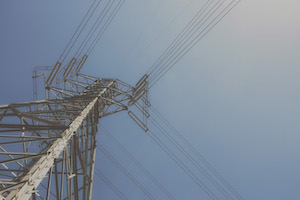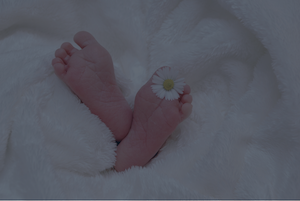1776 Battle of Brooklyn
ALBANY, N.Y. — A military author says it’s time to find where scores of Maryland soldiers are buried in New York City so a monument can be erected to honor their sacrifice during the Revolutionary War’s Battle of Brooklyn 240 years ago this summer.
“My goal is to make people aware of the story, and hopefully someone will put the resources together to find out where they’re buried,” said Patrick O’Donnell, whose book “Washington’s Immortals” portrays the Maryland troops as some of Gen. George Washington’s most dependable fighters during the war.
Local lore in Brooklyn says they were buried somewhere in what is now the borough’s Park Slope neighborhood. They died, along with hundreds of other Americans, during the August 1776 engagement, also known as the Battle of Long Island, that was the war’s largest.
Hundreds of Maryland soldiers made several assaults against a larger British force centered around a stone farmhouse. The ferocious bayonet charges prevented two wings of the advancing redcoats from attacking the 10,000 Americans — outnumbered about 2 to 1 — who had retreated to Brooklyn Heights.
The British commander decided to put off resuming the attack until the next day. The delay gave Washington time to ferry his entire army across the East River to Manhattan.
The British took control of New York the next month, but Washington’s forces escaped to continue the fight for independence.
“They saved the army there, but they saved the army several times, especially in the South,” O’Donnell said. “They’re Washington’s shock troops.”
According to some accounts, more than 250 out of what became known as the “Maryland 400” died in the fight at the farmhouse, although the exact number killed is murky. Their burial place has never been found. Some historians believe they were buried in unmarked trenches next to the farmhouse, while others say the more likely burial spot is nearby, under what is now a vacant private lot.
The last official archaeological excavations, conducted in the 1950s, failed to turn up any evidence of military burials from the battle.
The burial location remains “one of the great questions of the battle, one of great mysteries of history in Brooklyn,” said Kim Maier, executive director of the Old Stone House, a museum reconstructed nearby in 1933 from material from the original battlefield structure that was torn down nearly 120 years ago.
“Washington’s Immortals” is a bit of a departure for O’Donnell, author of nine previous books, most of them about World War II spies and elite American units. He said he became obsessed with the Marylanders’ story after touring the Brooklyn battle’s sites in 2010.
O’Donnell, who lives outside Washington, D.C., spent the next five years researching the Marylanders’ exploits, visiting every battlefield where they fought from New York to South Carolina and combing through archives in the U.S. and Britain. What he learned prompted him to dub those patriots America’s original band of brothers, men who continued the fight despite overwhelming odds.














